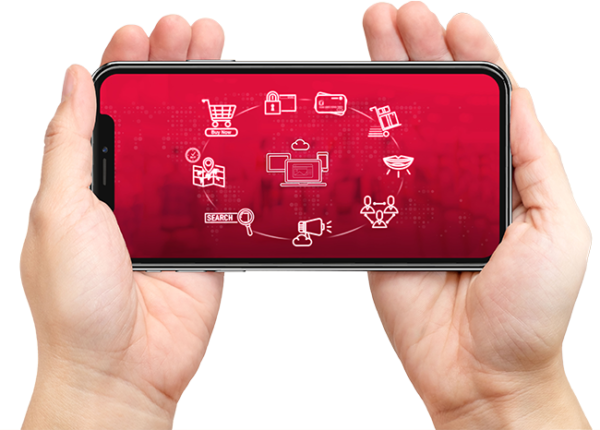The publishing domain was restricted exclusively to print shops until the age of computers. Now, the printing job is externalized while magazines are designed in-house. Designers and editors work together and use publishing software to create the layout, graphics and covers of a magazine, newspaper, brochure, book, etc.
Desktop Publishing or DTP is the process of producing printed content by using special software to link desktop computers with other printers and desktops. The quality of desktop publishing is designed to supersede that of typeset printing in books. While it can include any network – home or office – to produce a printable document, DTP is often used to refer to computer-based publishing from expert providers.
With desktop publishing software, it is easy to modify typefaces as well as margins while embedding illustrations and graphs – this feature of working on images further supplements the increasingly visual business world. Such DTP applications allow users to modify page layout as well as per the requirement. By using desktop publishing software, a user can easily accomplish text formatting and typesetting with just a click.
Uses of Desktop Publishing Software
Users can use DTP software for different tasks. Simply put, with a DTP in place, almost anything that gets printed or published is edited and designed with publishing software. It can be used for the following, which everyone knows about:
- Brochures
- Magazines
- Newspapers
- Invitation cards
- Resumes
- Posters
- Banners
- eBooks
- Training manuals
There are simply many things desktop publishing software can be used for – giving users a lot of options. Thus, it becomes difficult to define. But its usefulness can be narrowed down to a few basic tasks –
Education: DTP software, like word processors, play a crucial role in the education process as well. Learners use these programs to write, edit and print their assignments, and teachers use the same to write coursework and class schedule. Such digital platforms used for education purposes are quite simple and useful for simple tasks.
Design: This is considered as the main use of DTP. Graphic designers use Adobe InDesign, QuarkXPress, etc. to create a page layout, graphic designs, covers for books, etc. While graphic design is restricted to visual creation, DTP includes everything, from the page layout to the visual styles and incorporation of images and texts.
Official Tasks: You need DTP to create advertising material, downloadable content, etc. for your website or your client’s.
Advantages of Desktop Publishing
The main advantages of desktop publishing are: enhanced appearance of documents, increased productivity, reduced production cost, reduced time to print, ability to produce customized documents, etc.
With desktop publishing comes the ease of importing images from different sources. Furthermore, resizing the same allows DTP to produce better-looking documents without using any graphic design skills.
Some of the popular desktop publishing software and who creates them are:
Adobe: Their suite of apps includes InDesign, Illustrator, Adobe Photoshop, etc.
Microsoft: It produces the popular Office suite – Word, PowerPoint and Excel – three of the most widely used desktop publishing apps.
Corel: They produce Corel Draw – a DTP ideal for designers and editors of newspapers, books and magazines.
With desktop publishing process, ‘what you see is what you get’ or WYSIWYG. It refers to the ease of comparing the final output of your effort by simply looking at your computer screens. However, you must still design the layout as per your need.














Be First to Comment